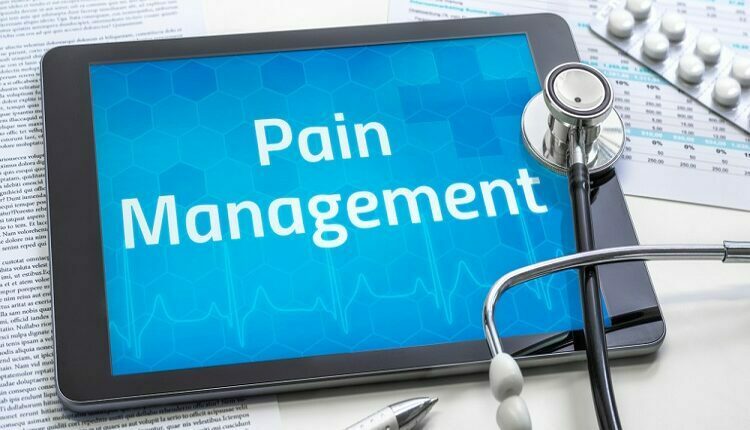Spinal stenosis, a disease in which the spinal canal narrows and places pressure on the spinal cord and nerves, is treated using the minimally invasive treatment known as the Vertiflex Superion Austin. By making room in the spinal canal and decompressing the nerves, the surgery seeks to improve the symptoms of spinal stenosis, such as pain, weakness, numbness, and tingling sensations in the legs.
Table of Contents
Introduction
Pain is a complex phenomenon that can vary in intensity, duration, location, and quality. Pain can be acute or chronic, nociceptive or neuropathic, somatic or visceral, and it can be caused by a variety of factors, such as injury, infection, inflammation, degeneration, or nerve damage. Pain management is a crucial aspect of healthcare that aims to alleviate pain and improve the quality of life of patients. Pain medication is one of the most common and effective methods of pain management, but it also has its limitations and risks.
Types of Pain Medication
There are several types of pain medication that are used for pain management, such as:
- Nonsteroidal anti-inflammatory drugs (NSAIDs), such as aspirin, ibuprofen, and naproxen, which reduce pain, fever, and inflammation by inhibiting the production of prostaglandins.
- Acetaminophen, which reduces pain and fever but does not have anti-inflammatory effects.
- Opioids, such as morphine, oxycodone, and fentanyl, which relieve pain by binding to opioid receptors in the brain and spinal cord.
- Antidepressants, such as amitriptyline, nortriptyline, and duloxetine, which are used for neuropathic pain by modulating the levels of neurotransmitters.
- Anticonvulsants, such as gabapentin, pregabalin, and carbamazepine, which are also used for neuropathic pain by inhibiting the excitability of neurons.
- Local anesthetics, such as lidocaine, which block the transmission of pain signals by numbing the nerves.
Benefits of Pain Medication
Pain medication can provide significant benefits for patients with pain, such as:
- Relief of pain and discomfort, which can improve the physical and emotional well-being of patients.
- Improved function and mobility, which can enhance the ability of patients to perform daily activities and participate in social and recreational events.
- Reduced anxiety and depression, which can improve the mental health of patients and their ability to cope with pain.
- Prevention of complications, such as muscle atrophy, joint stiffness, and contractures, which can result from prolonged pain and immobility.
- Promotion of healing and recovery, which can enhance the overall health and quality of life of patients.
Limitations and Risks of Pain Medication
Pain medication also has its limitations and risks, such as:
- Tolerance, dependence, and addiction, which can occur with prolonged use of opioids and other drugs.
- Side effects, such as nausea, vomiting, constipation, dizziness, drowsiness, and respiratory depression, which can impair the function and well-being of patients.
- Interactions with other drugs, which can result in adverse effects and complications.
- Pre-existing medical conditions, such as liver or kidney disease, which can affect the metabolism and elimination of drugs.
- Pregnancy and breastfeeding, which can limit the use of certain drugs and require special precautions.
Conclusion
In conclusion, pain medication plays a crucial role in pain management by providing relief, improving function, and promoting healing. However, pain medication also has its limitations and risks, which should be carefully considered and monitored by healthcare providers and patients.
Pain medication should be used judiciously and in conjunction with other methods of pain management, such as physical therapy, exercise, acupuncture, massage, and cognitive-behavioral therapy. The goal of pain management is not to eliminate pain completely, but to reduce it to a tolerable level that allows patients to live a meaningful and fulfilling life.


